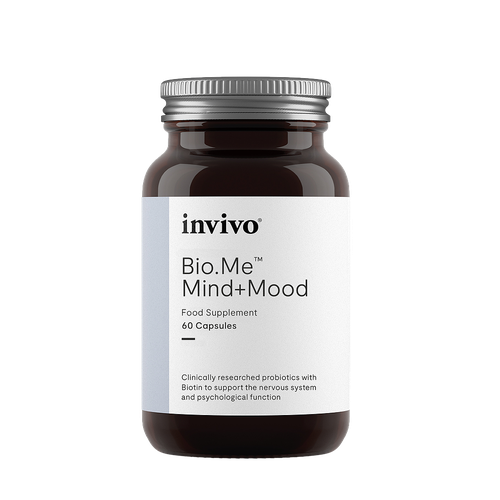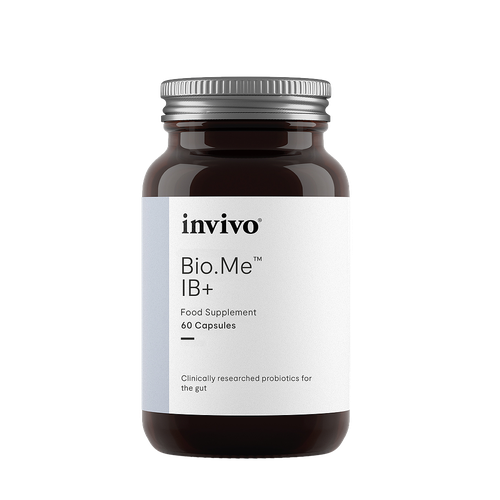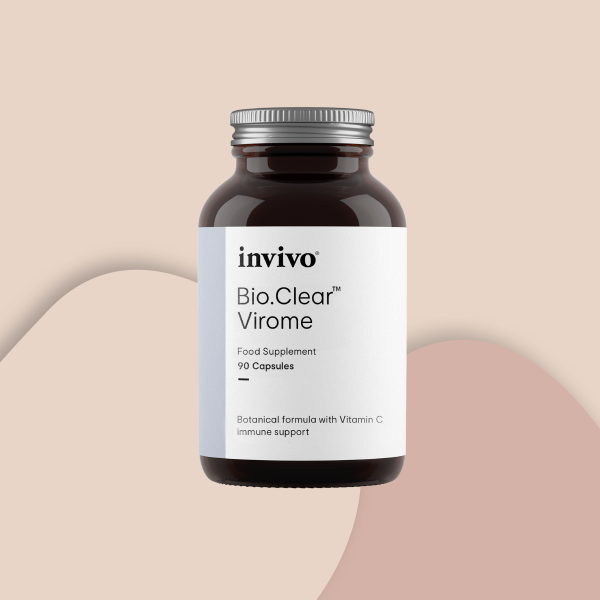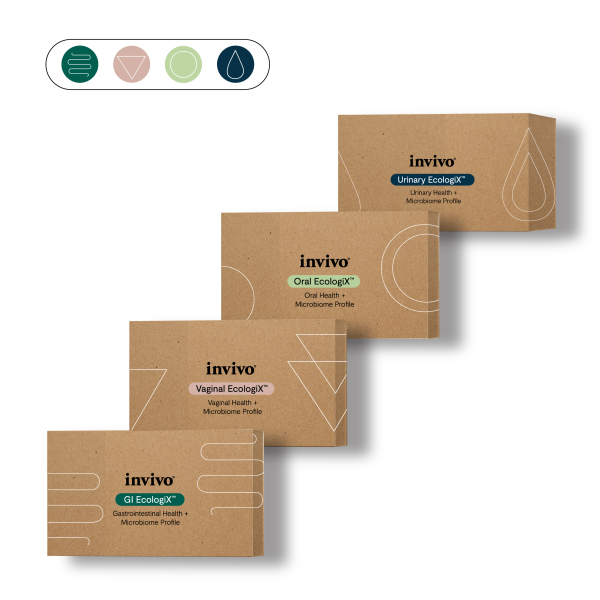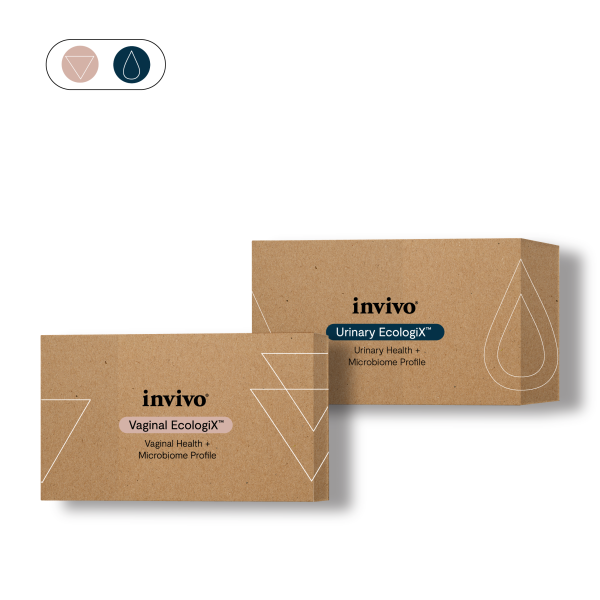Qpcr Gi Map
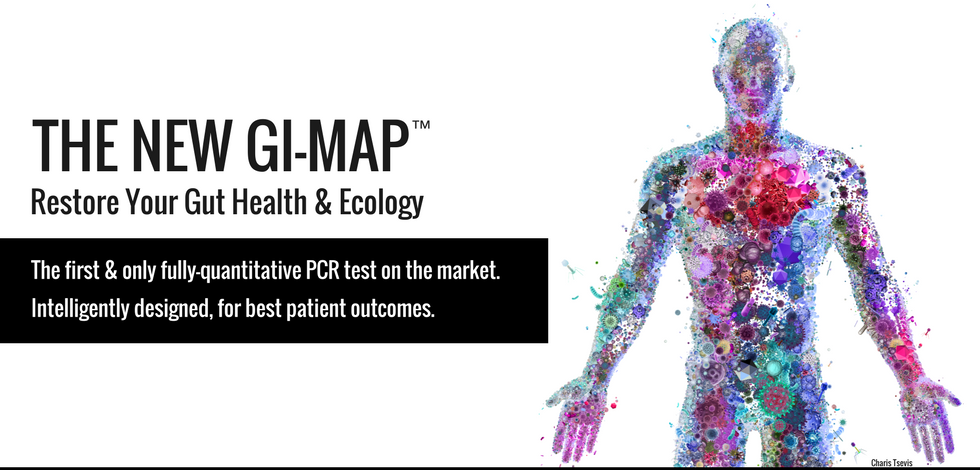
The New GI-MAP has launched!The Gastrointestinal Microbial Assay Plus (GI-MAP) is the first and only gut test in the world to be running full quantitative polymerase chain reaction (qPCR) on multiple GI targets, including pathogens, bacteria, worms, yeasts, parasites and comprehensive antibiotic resistant genes, alongside intestinal health, digestive, and immune markers.
Not all pathogens cause disease if they are present. Knowing exactly how much DNA is present, in combination with immune markers, gives the practitioner important information for better clinical decision-making.
Now including 22 new markers:
- 5 additional H. pylori virulence factors (7 total)
- Epstein-Barr & Cytomegalovirus
- Phyla microbiota ratios
- 5 worm species
- Additional autoimmune bacterial triggers
- Protozoan parasites
All at no extra cost.
Download Sample ReportDownload White Paper
What is The GI-MAP?
The GI-MAP assesses a patient’s microbiome from a single stool sample, with particular attention to microbes that may be disturbing normal microbial balance and may contribute to perturbations in the gastrointestinal (GI) microbiome or illness. It primarily uses multiplex, automated DNA analysis to give medical professionals a better view into the gastrointestinal microbiome. Combined with GI-health, digestive and immune markers, this is intelligent design, arming the practitioner with relevant clinical information, for best patient outcomes.
Methodology
Diagnostic Solutions Laboratory (DSL) uses a cutting-edge technology known as quantitative polymerase chain reaction (qPCR).
qPCR (or real-time polymerase chain reaction) combines amplification and detection into one step, and is one of the most powerful and sensitive gene analysis techniques available. It is used to quantify gene expression, analyse single nucleotide polymorphisms (SNPs), determine genotypes, detect pathogens, validate drug targets, and measure RNA interference.
READ: What is PCR & why is this molecular technology so exciting?
What is PCR & why is this molecular technology so exciting?
The new GI-MAP gives practitioners quantitative information about Giardia, Clostridium difficile, Salmonella, and many more. The method measures the 16S and/or 23S ribosomal
RNA (rRNA) regions and other target-specific gene
fragments to detect bacteria. It also measures
virulence factors and viral targets (RNA).
What is 16S and 23S?
The ribosome is an essential component of cellular organisms, with consistent form and function across species. A key aspect of ribosomes and ribosomal RNA is that their function is ‘highly conserved’ or maintained by natural selection between and among species. The exact sequences of DNA that encode these components are not identical between organisms and so through variation in rRNA sequences we can distinguish organisms at the species level.
The 16S gene sequence is a highly conserved region of rRNA, which means it is not species, or strain specific, but it is a reliable genetic marker.
Testing the 16S region for H. pylori, for example, will reliably pick up all Helicobacter, but only at the genus level. By targeting it both in the 16S and 23S region and testing for two other genes, ureA and ureB, the GI-MAP is able to accurately detect H. pylori present at the species, and strain level, as well as detect virulence factors. Similarly, Protozoa, as well as E. coli and C. difficile are very difficult to target in the 16S region, requiring other genes to be targeted in order to accurately detect them at the species and strain level.
For more information on the methodology and comparisons with other GI stool testing methods, please see the fully-referenced white paper
Clinical Advantages of The GI-MAP qPCR Technology
The GI-MAP only requires a single, small sample. This is helpful for all patients, but particularly for children or any patients struggling with constipation, diarrhoea, or logistical complications for whom multiple samples may present additional complications.
The turn-around-time is only 5-7 working days, allowing for a more rapid receipt of results and implementation of clinical intervention.
In Short:
- The GI-MAP opens the door to find infections otherwise missed. Culturing techniques are limited in what organisms they can grow and they cannot accurately quantify numbers. Similarly, sequencing analyses only one region of the genome. There are many examples of microbes that cannot be measured easily, or at all, by sequencing. For example, most pathogens, especially all of the E. coli strains and C. difficile.
- Additionally, this test addresses virulence factors for pathogens which can further elucidate treatment – to treat or not to treat, that is the question.
- Validated by 3rd parties. If results are positive, the same stool sample can be run in another lab that does PCR and find the same result.
- qPCR measures both the 16S and 23S regions ribosomal RNA. The gene sequence 16S has been proven to be a reliable genetic marker as it is present (conserved) in all bacteria and its function has not changed over time. Additionally, measuring the 23S region enables further detection capabilities – species and strain differentiation – within variable regions.
- Automation minimises human error.
- This technique allows the analysis of further targets without increasing price and labour.
Any questions?
